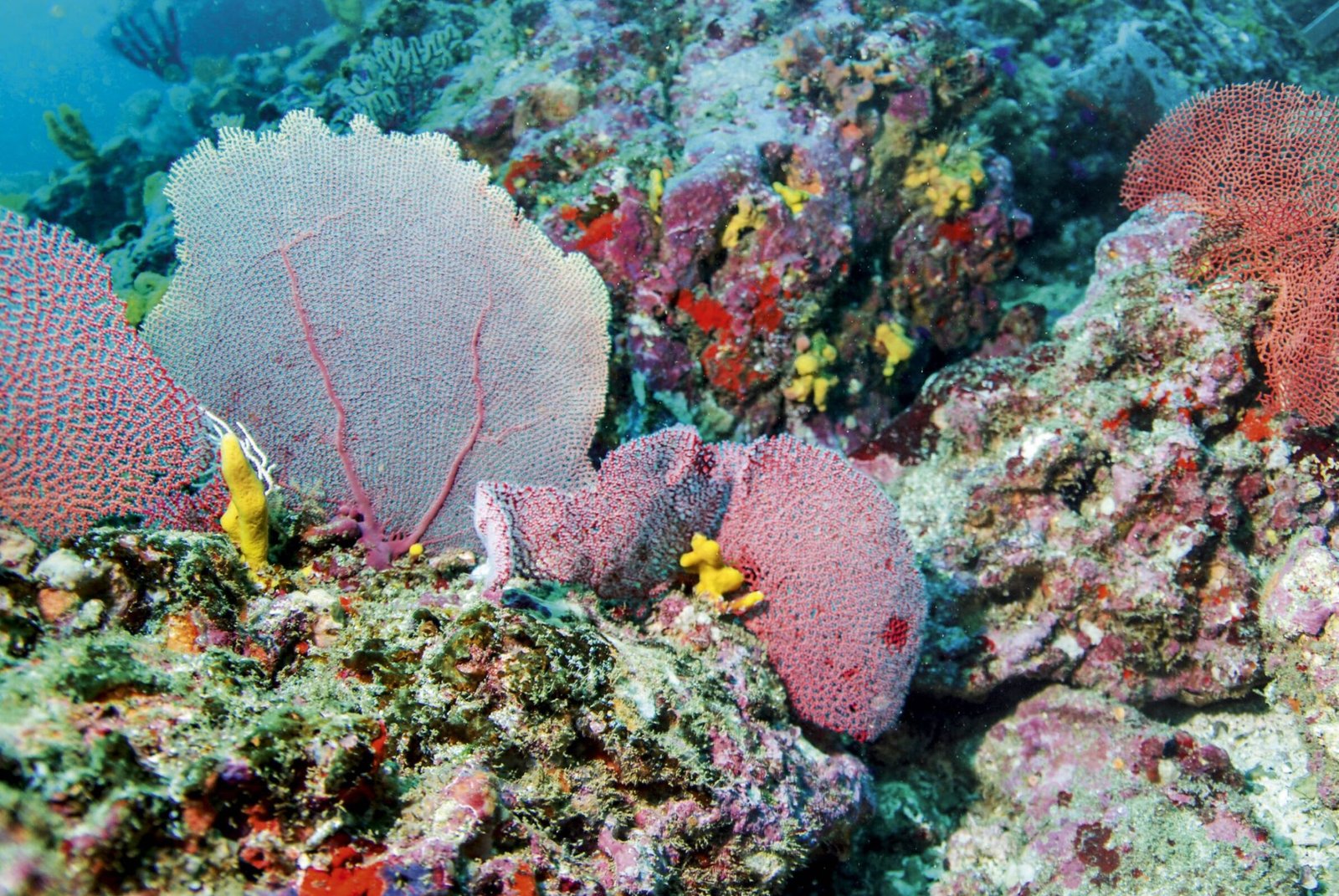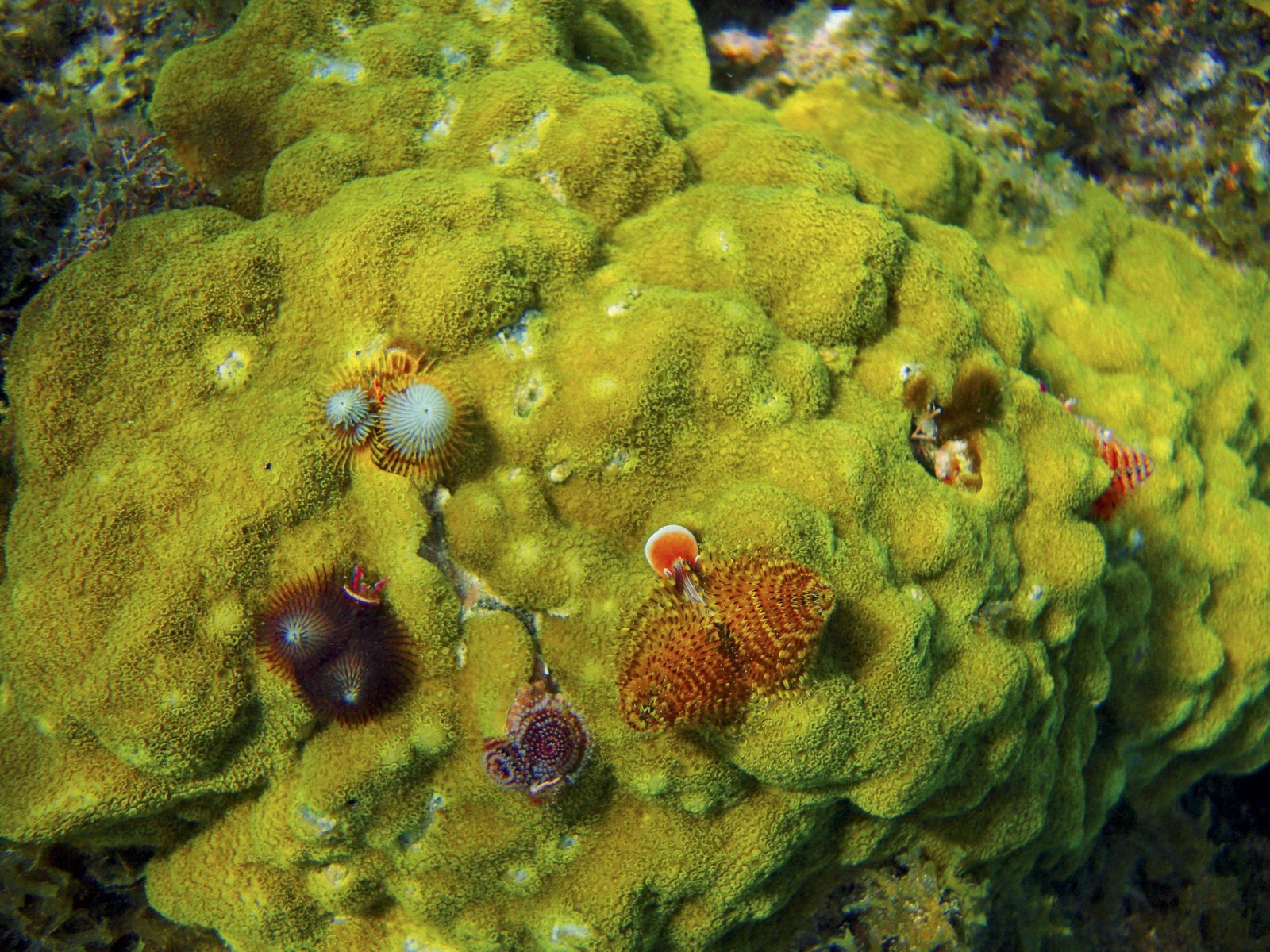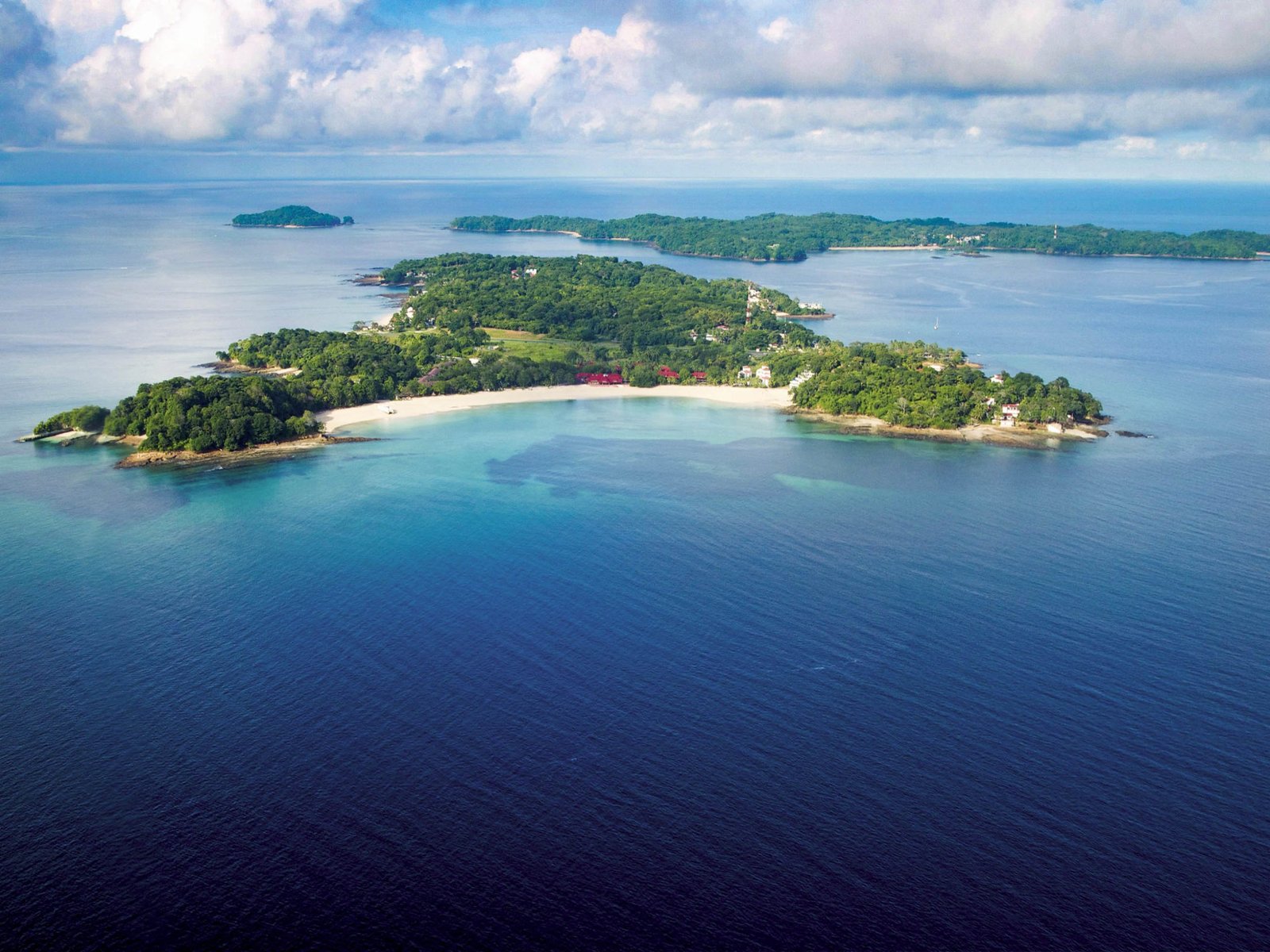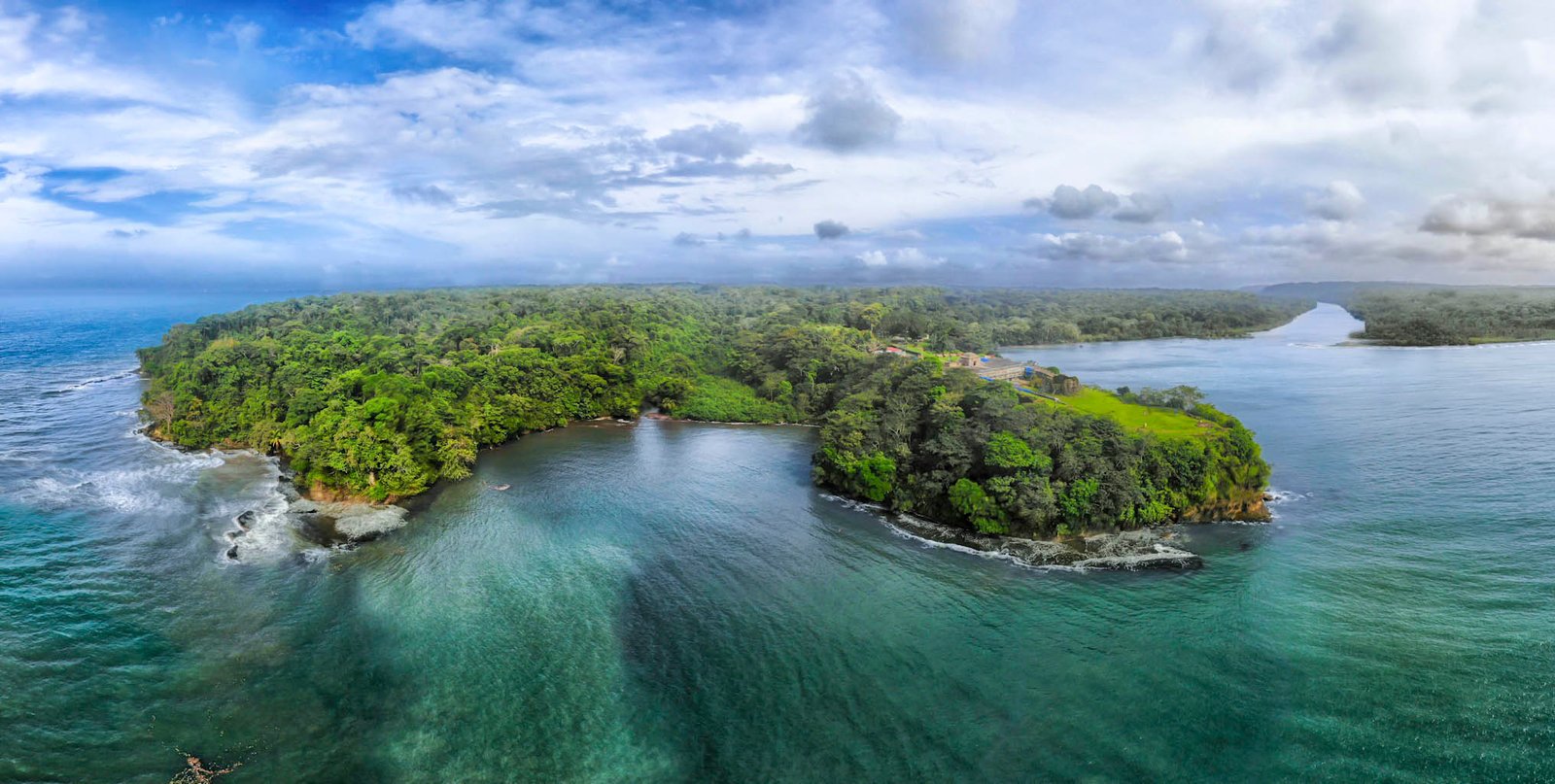
Acid Oceans
Text and Photos: Javier A. Pinzón
I can still remember the first time I saw the ocean. The immense waves, breaking gently at my feet and turning to foam, sparked wonderful stories in my mind. They were stories of travel and adventure, taking place always on the water’s surface. My childish mind never imagined the vast world below. Today, twenty years later, seated on the shore of the Pacific Ocean in Panama, I understand the importance of this body of water that covers 71% of the Earth’s surface: it is the main source of food for millions of people, provides us with raw materials and energy, produces most of the oxygen in our atmosphere, and regulates the world’s climate. This last point worries me the most.
This vast ocean is one of the largest natural carbon sinks. Plankton, coral, and fish absorb much of the carbon released into the atmosphere. Like trees, plankton uses photosynthesis to extract the carbon from dissolved CO2 at the bottom of the oceanic food chain. Coral and marine animals with shells use carbon to create calcium carbonate (CaCO3), which is the foundation of their skeletons. When a marine animal dies, its shell falls to the seabed, where slowly, together with other shells, it forms rocks. This natural process, which has been in play for millions of years, is now in serious jeopardy. According to research led by Corinne Le Quéré and published in the journal Nature Geoscience, half the CO2 released by humans into the atmosphere during the past two centuries has been absorbed by the oceans in amounts large enough to create an imbalance.

A report by the Royal Society of London states that most of the CO2 resides in surface waters, lowering their pH by approximately one unit. This is because the CO2 dissolves in the ocean and increases the concentration of hydrogen, carbonic acid, and bicarbonate ions, reducing the concentrations of carbonate, which produces an imbalance between the carbonate and bicarbonate ions dissolved in the seawater. This change in the chemical balance of the water is known as ocean acidification.
Since the end of the industrial revolution, the pH of surface seawater has decreased by approximately 0.1 units: from 8.2 to 8.1. In a drop of water, one pH unit corresponds to a tenfold increase in the concentration of hydrogen ions, making the water more acidic. The American tropical Pacific has the world’s lowest pH values due to upwelling and its shallow thermocline (the imaginary line separating two bodies of water of different temperatures), which draws more acidic water to the surface. For this reason, and unlike the rest of the oceans, CO2 is produced instead of absorbed.
Consequences:
 The reduction in carbonate concentration in surface water produces an alteration of the “rules” that govern life in different marine ecosystems. One of the most alarming effects is the reduction in calcification, due to the increase in dissolved bicarbonate ions, which increase the solubility of calcium carbonate. Marine organisms such as coral, mollusks, crustaceans, and echinoderms that require this substance to make their shells, exoskeletons, and other protective structures or supports are particularly affected.
The reduction in carbonate concentration in surface water produces an alteration of the “rules” that govern life in different marine ecosystems. One of the most alarming effects is the reduction in calcification, due to the increase in dissolved bicarbonate ions, which increase the solubility of calcium carbonate. Marine organisms such as coral, mollusks, crustaceans, and echinoderms that require this substance to make their shells, exoskeletons, and other protective structures or supports are particularly affected.
Derek Manzello of the Ocean Chemistry and Ecosystems Division of the National Oceanic and Atmospheric Administration (NOAA) reported a reduction over the past 20-40 years in the rates of coral growth and an increase in the temperature of surface waters, especially in the American tropical Pacific, which is reported to have increased up to 1° C since 1990.
Meanwhile, Jacob Silverman and his colleagues at the Carnegie Institute’s Department of Global Ecology demonstrated how accelerated carbonate solution, combined with a reduction in calcification, could prevent the growth of coral reefs in coming decades. In addition to this, Paulina Kaniewska at the University of Queensland in Australia reported that increased CO2 levels can cause branching corals to lose their zooxanthellae, which would lead to coral bleaching and possibly death. Zooxanthellae are microscopic algae living within the coral tissue, responsible for photosynthesis and supplying energy to the coral; without them the coral loses its color and starves.

Vast areas of our oceans are covered by coral reefs, which are the underwater equivalent of tropical forests since they contain the greatest aquatic biodiversity. It’s impossible to imagine what would happen if they ceased to exist: the sea would become a desert in which only a few organisms could survive. This would have strong implications for humans, as much of the world’s population lives in coastal areas, with densities as high as eighty people per square kilometer (2.5 times the total average of people living inland). These people depend heavily on the resources that the sea offers.
In addition, ocean acidification has the potential to affect the base of the marine food chain, such as corals and plankton, causing major changes in marine populations. Plankton is composed of mainly microscopic organisms living in suspension in the water column. It is the main food for many species of animals and also an important source of carbon sequestration.
The problem seems to be growing even more serious. The latest report from the World Meteorological Organization indicates that this year, for the first time, the monthly average of 400 parts of CO2 per every million molecules (ppm) was exceeded. This mark is considered to be a measure of humanity’s continued failure to curb CO2 emissions around the world.
Ocean acidification is a fact, but there is still much research to be done regarding its consequences and the ability of marine organisms to adapt to an acidic ocean. For now, we must, above all, think about what we can do to stop this alarming trend.



